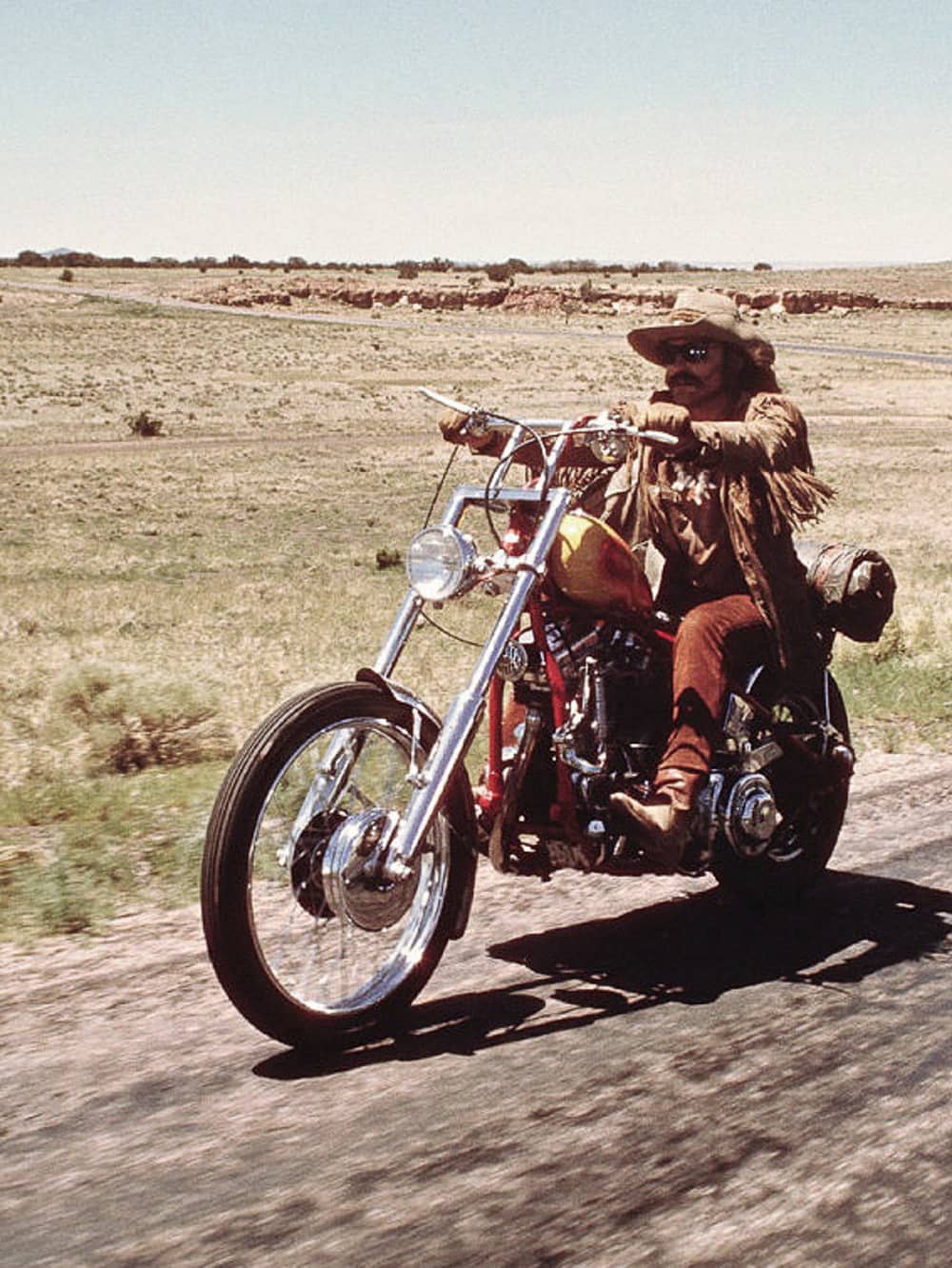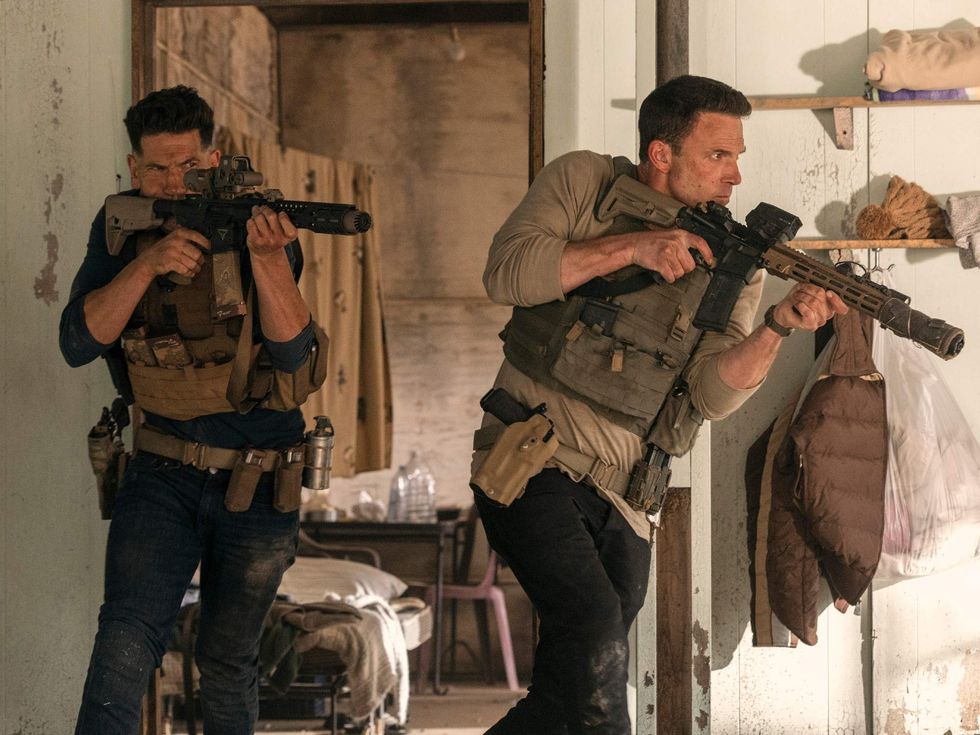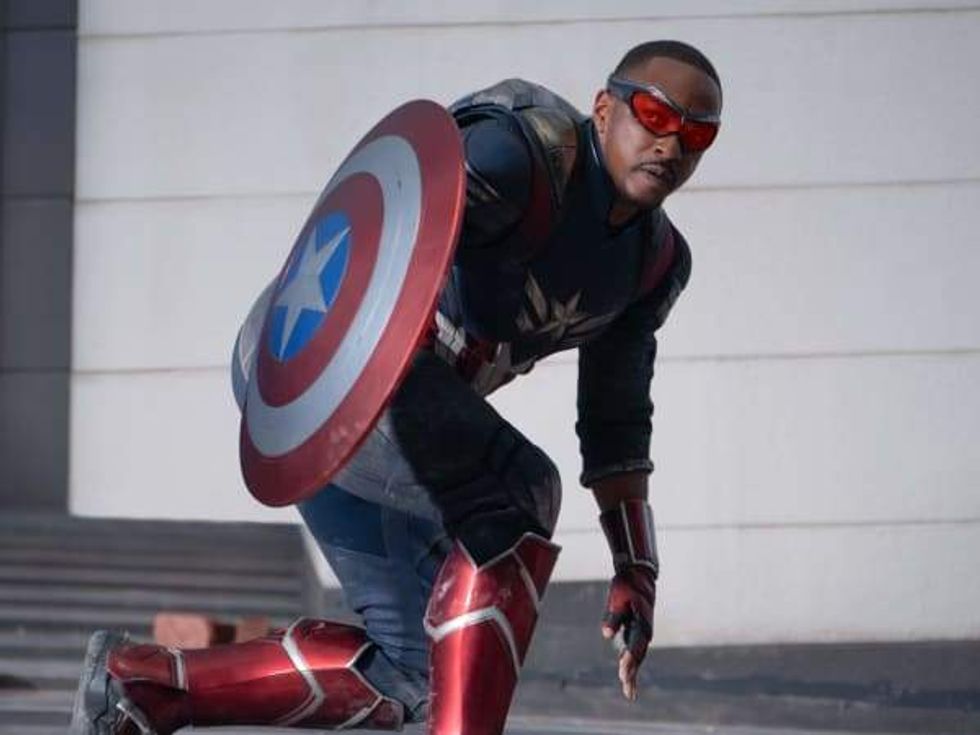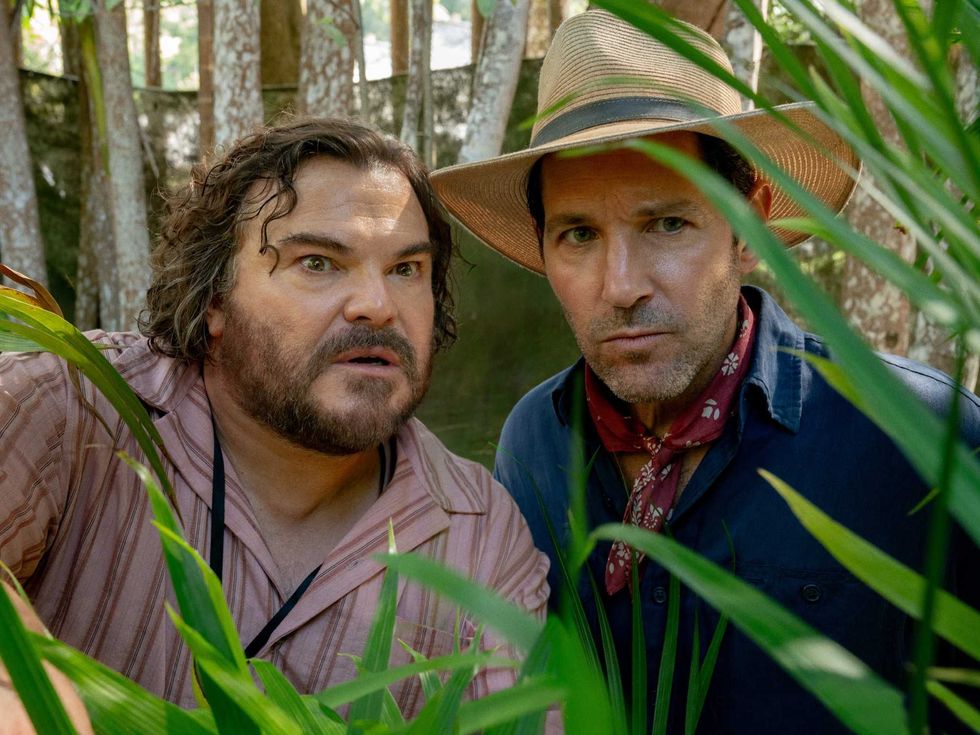WordFest closes with motorcycles reved
Flash forward with Easy Rider: Dennis Hopper tribute reveals timely, old truths
 Easy Rider roars into WorldFest.
Easy Rider roars into WorldFest. Bikes may look different these days, but Easy Rider still offers a surprisinglymodern take.
Bikes may look different these days, but Easy Rider still offers a surprisinglymodern take.
For those of us old enough to have purchased adult-admission tickets to Easy Rider during its original 1969 release, the unwelcome news of Dennis Hopper’s failing health — and the ongoing death watch by ever-vigilant media types — may seem like yet another melancholy reminder that, to paraphrase William Holden’s brutally blunt acknowledgment of middle-age angst in Network, most of us baby boomers are a lot closer to the end than we are to the beginning.
If you don’t mind being reminded of your mortality, and you prefer to celebrate a creative life rather than mourn an upcoming death, take note: WorldFest-Houston International Film Festival will be screening a newly struck 35mm print of Easy Rider as a tribute to Hopper, at 5 and 9 p.m. today at the AMC 30.
And if you’re too young to have ever seen it in theaters, or anywhere else, then you, too, should attend. But be forewarned: Anyone under 35 may find it difficult to fully appreciate the impact this uber road movie had back in the day.
Arriving at a time when some Hollywood studios actually were edging toward bankruptcy after the spectacular flops of many overstuffed Sound of Music wannabes, Easy Rider demonstrated how a no-budget, minimally plotted indie (made way before “indie” was part of the pop-culture lexicon) with two less-than-stellar leads — co-stars Hopper and Peter Fonda — and a largely unknown but attention-grabbing supporting player (Jack Nicholson) could earn rave reviews, sum up the zeitgeist, turn scruffy anti-heroes into instant cultural icons and, not incidentally, make buckets of money.
Call it the opening shot in the ‘70s cinema revolution — the dawn of the New Hollywood era – and you won’t be far off the mark. Call it the epitome of a flukish success that occurred almost in spite of itself — Hopper reportedly directed the movie while in a near-constant drug-addled state — and you’ll be just as close to correct.
Some critical commentators — including quite a few baby boomers who sound like disillusioned lovers dissing old flames — will have you believe that Easy Rider has aged rather badly, that what seemed fresh and groovy and anti-establishment now feels stale and cheesy and cliché-ridden. (Their change of heart may or may not be a reaction to Hopper’s subsequent embrace of conservative values and Republican candidates.)
But I suspect the most outspoken of these critics are boomers who cherished warmly nostalgic memories of Easy Rider as a sympathetic portrait of iconoclastic innocents ground down by the establishment, and were rudely shocked when, after viewing the film again for the first time in several years, they realized the movie now comes across as something altogether different.
A surprising look back
At the risk of sounding like a contrarian, I have to say that I actually enjoy Easy Rider even more now than I did back in ’69, primarily because, for all its “dated” qualities, it seems not only more complex and substantial but, viewed in retrospect, positively prescient.
Consider: Wyatt (Fonda) and Billy (Hopper) rev up their motorcycles and go “looking for America” (as the original ad campaign put it) only after they smuggle cocaine in from Mexico and sell it to an L.A. trendie in a Rolls Royce. (Trivia note: The buyer is played by record producer Phil Spector, who’s now serving 19 years to life for second-degree murder.) They have vague plans to attend the annual Mardi Gras celebration in New Orleans
But as they travel through the Southwest and South, it quickly becomes clear that while Wyatt may be a genially impractical, quasi-spiritual seeker of some sort, Billy is a crudely self-indulgent and self-centered rowdy who likely has more in common with the rednecks he despises — and who despise him, and Wyatt, on sight — than he would ever want to admit.
Things end badly for Wyatt and Billy — and for George Hanson (Nicholson), the small-town lawyer they take along for part of their journey — and the movie’s violent ending was, and still is, widely interpreted as a tragic snuffing of free spirits. But there’s another way, in my view, a more grown-up way, of looking at it. In a book-length reappraisal of Easy Rider prepared in 1996 for the British Film Institute, film historian Lee Hill writes:
“The film works not simply as a vivid snapshot of the late ‘60s, but as a prophecy of the cynicism and exhaustion of the decades to come. The episodic narrative manages to encompass an eclectic range of the decade’s cultural ferment. … [But] the same narrative is strong enough to show how many of these same ideas and movements would eventually fail or run aground in the ‘70s, and become consumed by their polar opposites in the ‘80s and ‘90s. Easy Rider is a film about the contradictions of the American spirit and the sheer waste and destruction that lies behind so much of the ambition underpinning the American Dream. Easy Rider’s visual splendor does not obscure its tragic argument: The idealism of the ‘60s, like the money in Wyatt’s gas tank, was too easily acquired and taken for granted, until it was squandered and utterly destroyed.”
In other words, while Easy Rider might now seem like a flashback, it really was — much like Wyatt’s ominous vision of the fiery quietus awaiting him -— a flash-forward. Problem is, we boomers really couldn’t know that way back then.











